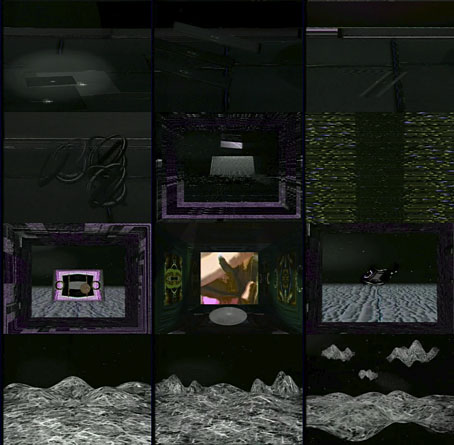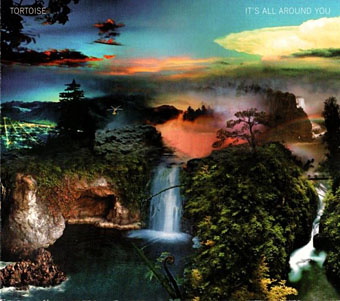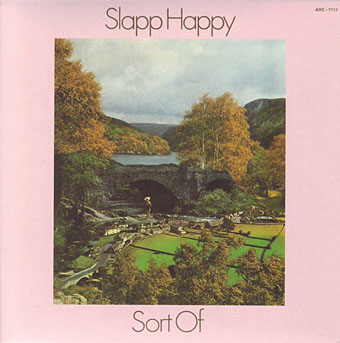Yesterday’s post concerned an atypical piece of art by David Larcher. Text Videovoid (1993) (aka Videovoid Text, etc) is a good example of Larcher’s more usual work in film and video which is non-narrative yet remains eminently watchable, something you can’t always say about the outer limits of video production. The UK’s Channel 4 broadcast a large chunk of Larcher cut-ups one evening in the 1980s, something they’d never do today; I used to have that broadcast on tape, and enjoyed watching it with the sound off and music playing. Text Videovoid (1993) is a lot stranger:
The viewer is navigated through dark electronically constructed seascapes, conjuring a lighthouse beam and the Blue Peter code flag (“all on board – this ship is leaving port”) to lead us into a heaving ocean of alphabetic patterns where dolphins formed from letters leap from the waves. Larcher’s eloquent stream of consciousness monologue proceeds from a reflexive incantation of video terminology into a philosophical discourse on the state of non-being at the heart of the void itself.
Larcher’s video is also described as a work-in-progress which may explain why different times (and titles) are listed. The copy linked here runs for 30 minutes.



